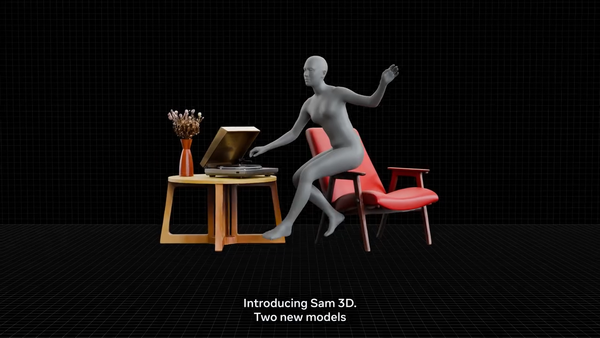Khronos Releases Cross-Platform Spatial Extensions for OpenXR

- New Spatial Entities Extensions introduce standardized APIs for plane detection, marker tracking, anchors, and persistence.
- Developers can now review and provide feedback ahead of 2025 runtime implementations.
The Khronos Group has released a set of Spatial Entities Extensions for OpenXR. Supported by the OpenXR Working Group, which includes Meta, Google, Unity, Godot, and ByteDance, the extensions introduce consistent cross-platform support for plane and marker tracking, spatial anchors, and persistent spatial data across sessions. According to Khronos, the extensions "establish the first open standard for spatial computing."
“We are looking forward to bringing Spatial Entities to the Android XR platform, empowering developers to build XR experiences that take advantage of a rich understanding of the real world in a cross-platform way. Google has always believed in the power of open standards, and Spatial Entities will enable us to innovate here faster and while also reducing fragmentation across the entire OpenXR ecosystem,” said Mahesh Kallahalla, senior director at Google, in a post on the Khronos blog.
The extensions result from more than two years of collaboration between runtime and engine makers in the OpenXR working group. They form the foundation for spatial computing features like detecting surfaces, tracking markers, anchoring virtual content in the physical world, and keeping that content in place across XR sessions. These capabilities are designed to work across different platforms, solving a long-standing issue in XR development.
“PICO is proud to have contributed to the design of the OpenXR Spatial Entities Extensions and to be among the first to implement runtime support. By helping define this core capability, we’re enabling developers to build more persistent, shareable, and spatially aware XR experiences across platforms,” said Praveen Babu J D, engineering leader at ByteDance, in a post on the Khronos blog.
The new standard aims to help reduce development time and cost by removing the need to write separate code for each XR platform. With a consistent set of APIs, developers can tap into advanced spatial features without worrying about device-specific differences. This also makes it easier to keep apps working as hardware evolves. Developers are invited to review the specification and provide feedback as implementations begin rolling out in 2025.
🌀 Tom’s Take:
With multiple platforms available for developers to create XR content, finding ways to help them save time by leveraging standards is key to encouraging broader device support. Standardization also signals maturity in a space where enough players exist to justify formal definitions, and where fragmentation makes shared frameworks not just useful, but necessary.
Source: Khronos Blog






